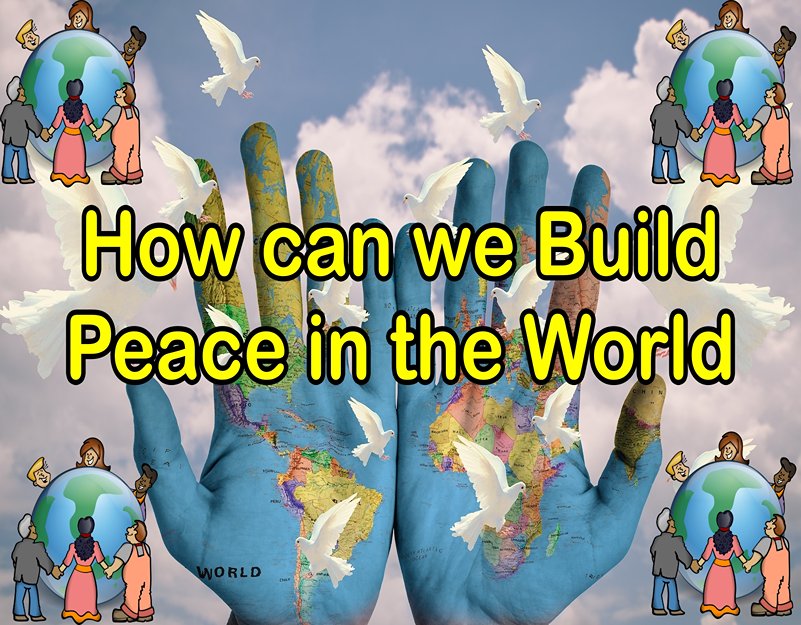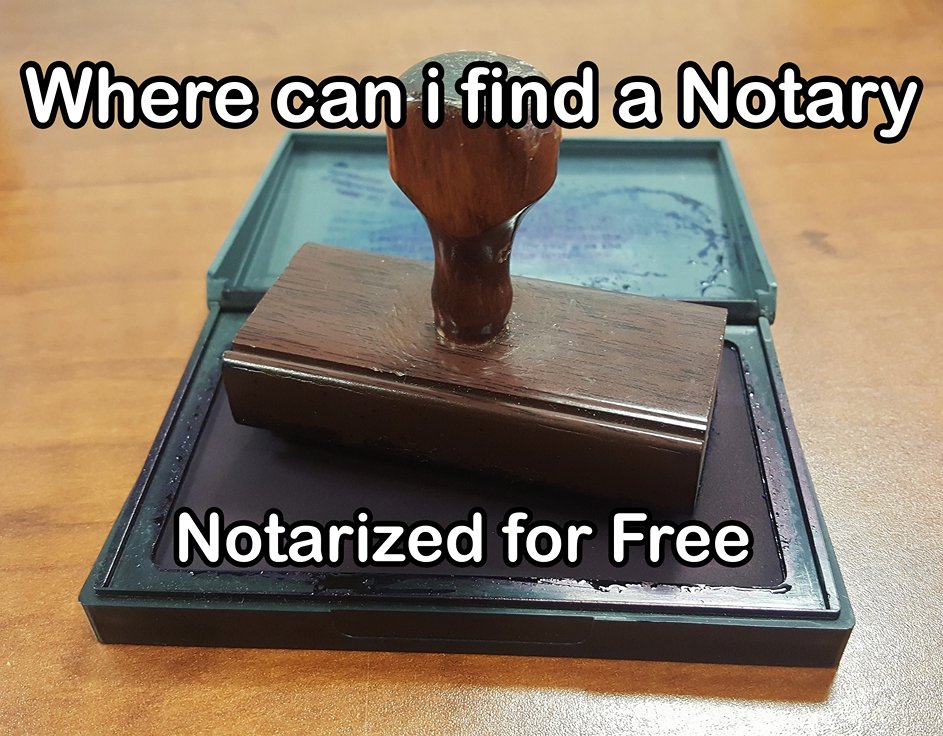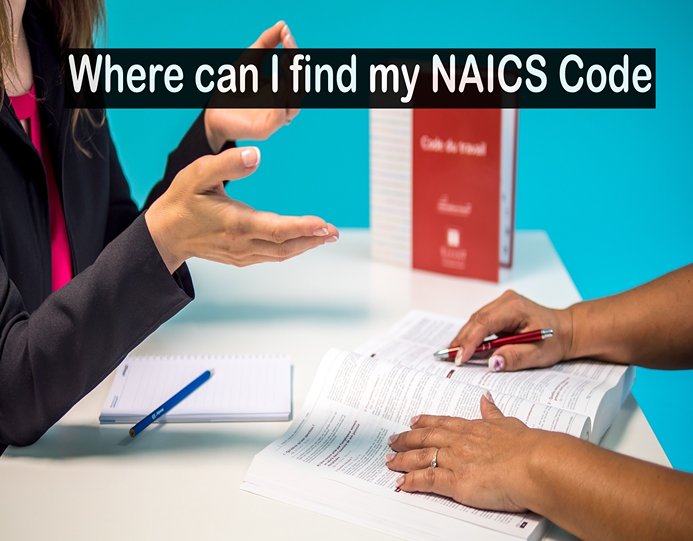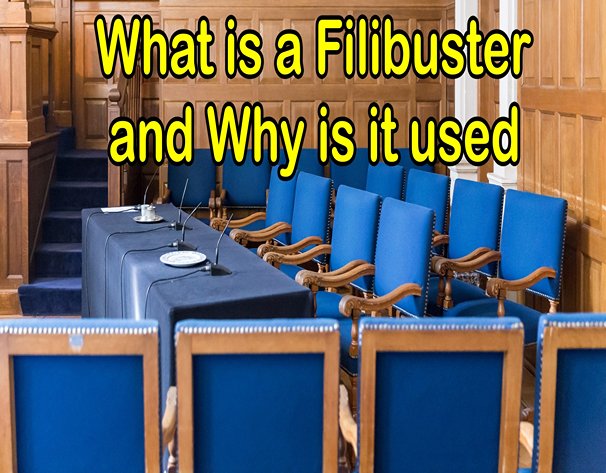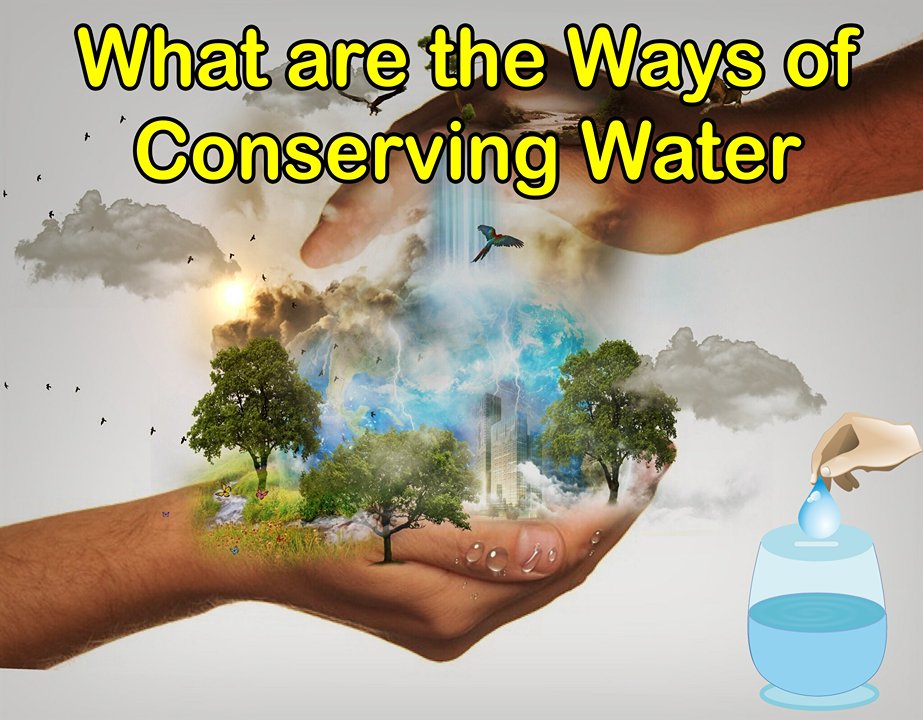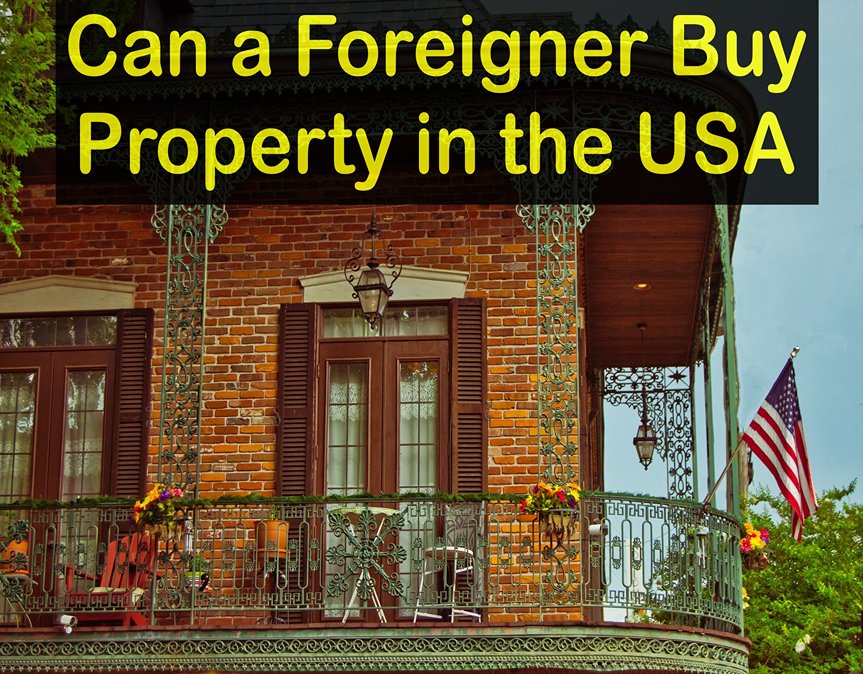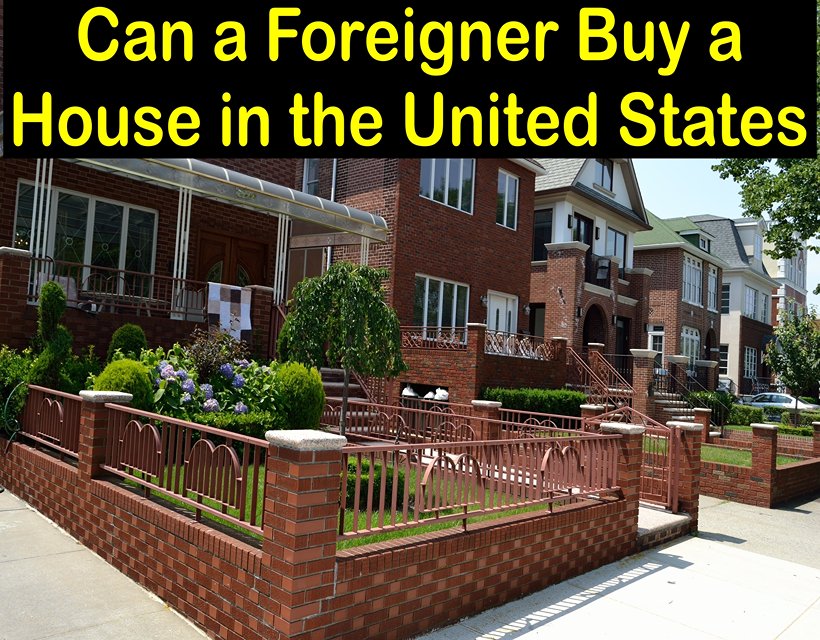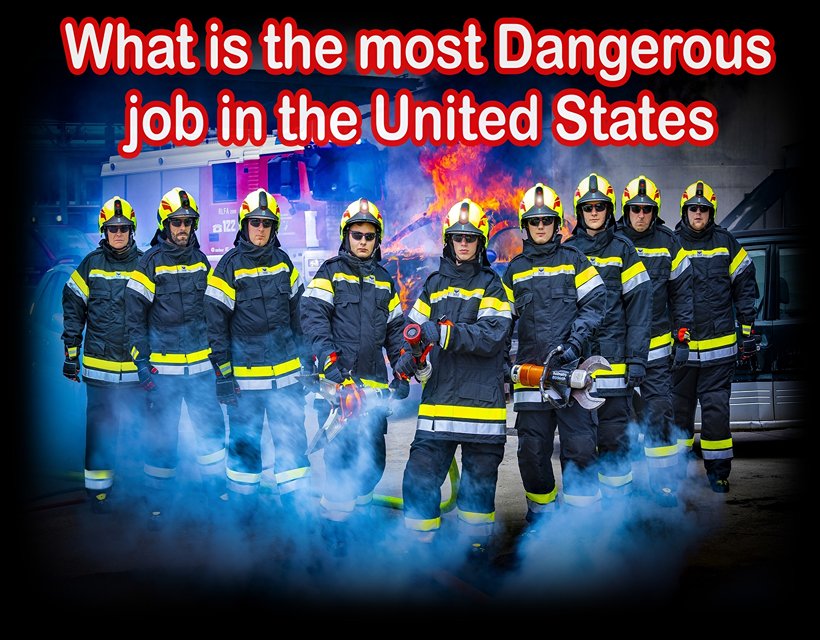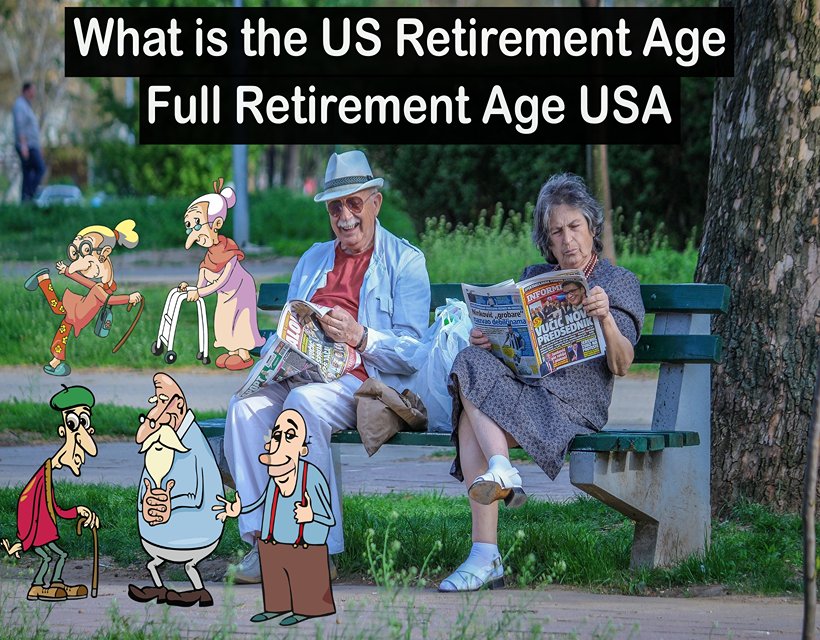Table of Contents
How can we Build Peace in the World
The world today is filled with conflict, violence, and unrest. Every day, we hear news about wars, political unrest, and social upheaval. It’s easy to feel overwhelmed and hopeless about the state of the world. However, building peace is not an impossible task. Here are some ways we can build peace in the world: How can we Build Peace in the World
Foster intercultural understanding
One of the main reasons conflicts arise is because of a lack of understanding between different cultures, religions, and ethnicities. Therefore, it is essential to promote intercultural understanding by learning about different cultures, beliefs, and traditions. This can be done through education, cultural exchanges, and dialogue. By understanding and appreciating diversity, we can build bridges between different communities and promote tolerance and respect.
Promote diplomacy and conflict resolution
The use of violence to resolve conflicts often leads to more violence and further escalation. Therefore, promoting diplomacy and conflict resolution should be a top priority. This can be achieved through mediation, negotiation, and other peaceful means. Governments can also play a crucial role in promoting peace by investing in conflict resolution programs, supporting peacekeeping missions, and strengthening international institutions.
Empower women and promote gender equality
Studies have shown that countries with higher levels of gender equality are less likely to engage in violent conflicts. Empowering women through education, economic opportunities, and political participation can help to create more stable and peaceful societies. Women’s voices should be heard in peace negotiations, and they should be given equal access to decision-making positions.
Address the root causes of conflict
Conflict often arises due to economic inequality, social injustice, and political oppression. Therefore, addressing the root causes of conflict is essential in building peace. This can be done by promoting inclusive economic growth, reducing poverty, providing access to basic services such as education and healthcare, and addressing political grievances. By addressing these underlying issues, we can reduce the likelihood of conflicts and promote sustainable peace.
Promote nonviolence and peaceful protest
Nonviolent resistance has been used successfully throughout history to bring about social and political change. By promoting nonviolence and peaceful protest, we can create a culture of peace that values human life and dignity. Nonviolence can also be a powerful tool for social change and promoting democracy.
Build relationships and community
Building relationships and a sense of community is essential in promoting peace. This can be done by promoting social cohesion, building trust, and creating opportunities for people to come together. Social media and technology can also be used to connect people from different parts of the world and promote understanding.
building peace in the world requires a collective effort from individuals, communities, and governments. By promoting intercultural understanding, diplomacy and conflict resolution, gender equality, addressing the root causes of conflict, promoting nonviolence and peaceful protest, and building relationships and community, we can create a more peaceful and just world for everyone. It’s a long-term process, but every step we take towards peace is a step towards a better future. How can we Build Peace in the World
What are the ways to promote peace?
Promoting peace is crucial in creating a world where people can live together in harmony. There are many ways to promote peace, and here are some of them:
Education: Education is a powerful tool in promoting peace. By educating people about different cultures, religions, and perspectives, we can help to break down barriers and foster understanding. Education can also help to promote critical thinking and empathy, which are key qualities needed to build peaceful communities.
Dialogue: Communication is key to building peace. We need to create spaces where people can come together and have constructive conversations about their differences. By listening to each other and engaging in meaningful dialogue, we can begin to find common ground and build trust.
Conflict resolution: Conflict is inevitable, but it doesn’t have to lead to violence. We need to develop effective strategies for resolving conflicts peacefully. This can involve mediation, negotiation, and other forms of conflict resolution that prioritize dialogue and understanding.
Respect for human rights: One of the most important foundations for peace is respect for human rights. When people feel that their rights are being violated, it can create anger and resentment that can lead to violence. By promoting human rights, we can help to create a world where everyone is treated with dignity and respect.
International cooperation: Many of the world’s most pressing problems, such as climate change, poverty, and conflict, require global solutions. By promoting international cooperation, we can work together to find solutions that benefit everyone. This can involve supporting international organizations such as the United Nations and engaging in diplomacy and dialogue with other nations.
Nonviolence: Nonviolence is a powerful strategy for building peace. By rejecting violence and promoting peaceful alternatives, we can create a culture of peace that values human life and dignity. Nonviolence can also be an effective tool for social change, as we have seen in many movements throughout history.
Empowerment: Finally, we need to empower people to become agents of peace in their communities. This can involve providing resources and support to grassroots organizations, promoting leadership development, and fostering a culture of peace in schools and other institutions.
In conclusion, promoting peace requires a multi-faceted approach that involves education, dialogue, conflict resolution, respect for human rights, international cooperation, nonviolence, and empowerment. By working together, we can create a world where people can live together in harmony, free from conflict and violence. How can we Build Peace in the World
Who called for world peace?
Many people have called for world peace throughout history, including religious leaders, activists, politicians, and others. Here are some examples of individuals and organizations that have called for world peace:
Mahatma Gandhi: Gandhi was a leader of the Indian independence movement and a champion of nonviolence. He believed in the power of peaceful resistance to achieve political and social change, and his philosophy of nonviolence inspired many other movements around the world.
Martin Luther King Jr.: King was a prominent leader of the American civil rights movement and a proponent of nonviolence. He believed that racial equality and justice could be achieved through peaceful means and inspired millions of people with his message of hope and love.
United Nations: The United Nations was founded in 1945 with the goal of promoting international peace and security. It has played a central role in preventing conflicts, resolving disputes, and promoting human rights and sustainable development.
Pope Francis: Pope Francis is the head of the Catholic Church and a vocal advocate for peace and social justice. He has spoken out against war, violence, and injustice and called for greater cooperation among nations and religions.
Nelson Mandela: Mandela was a South African anti-apartheid activist and politician who became the country’s first black president. He was a champion of reconciliation and forgiveness, and his leadership helped to bring an end to the apartheid system and promote peace in South Africa.
Malala Yousafzai: Yousafzai is a Pakistani activist for girls’ education and the youngest Nobel Prize laureate. She has been a vocal advocate for peace, education, and human rights, and has inspired millions of people around the world with her courage and determination.
These are just a few examples of the many individuals and organizations that have called for world peace. The message of peace is a universal one, and it is up to all of us to work together to create a more peaceful and just world for everyone. How can we Build Peace in the World
What are the five types of peace?
There are several different types of peace that can be categorized into five main types:
Negative peace: Negative peace refers to the absence of violence or conflict. It is often described as a ceasefire or a truce, where there is a temporary cessation of hostilities. Negative peace is an important first step towards more lasting forms of peace, but it does not necessarily address the underlying causes of conflict.
Positive peace: Positive peace is a state in which underlying issues that contribute to conflict have been addressed and resolved. This type of peace involves building strong relationships between individuals and groups, promoting justice and equity, and ensuring that basic human needs are met. Positive peace can help to prevent future conflicts from arising.
Structural peace: Structural peace refers to the establishment of institutions and policies that support peace and prevent conflict. This can involve creating systems of governance that are inclusive and fair, promoting economic development and reducing inequality, and ensuring that basic human rights are protected.
Cultural peace: Cultural peace involves promoting understanding and respect for different cultures and traditions. It involves recognizing the value and contribution of diversity to society and promoting tolerance and acceptance of differences.
Personal peace: Personal peace is the inner peace that individuals experience when they feel secure, happy, and fulfilled in their lives. It involves developing healthy relationships with others, having a sense of purpose and meaning in life, and experiencing a sense of well-being and contentment. How can we Build Peace in the World
By understanding these different types of peace, we can work towards creating a more peaceful world that is based on mutual respect, understanding, and cooperation.

